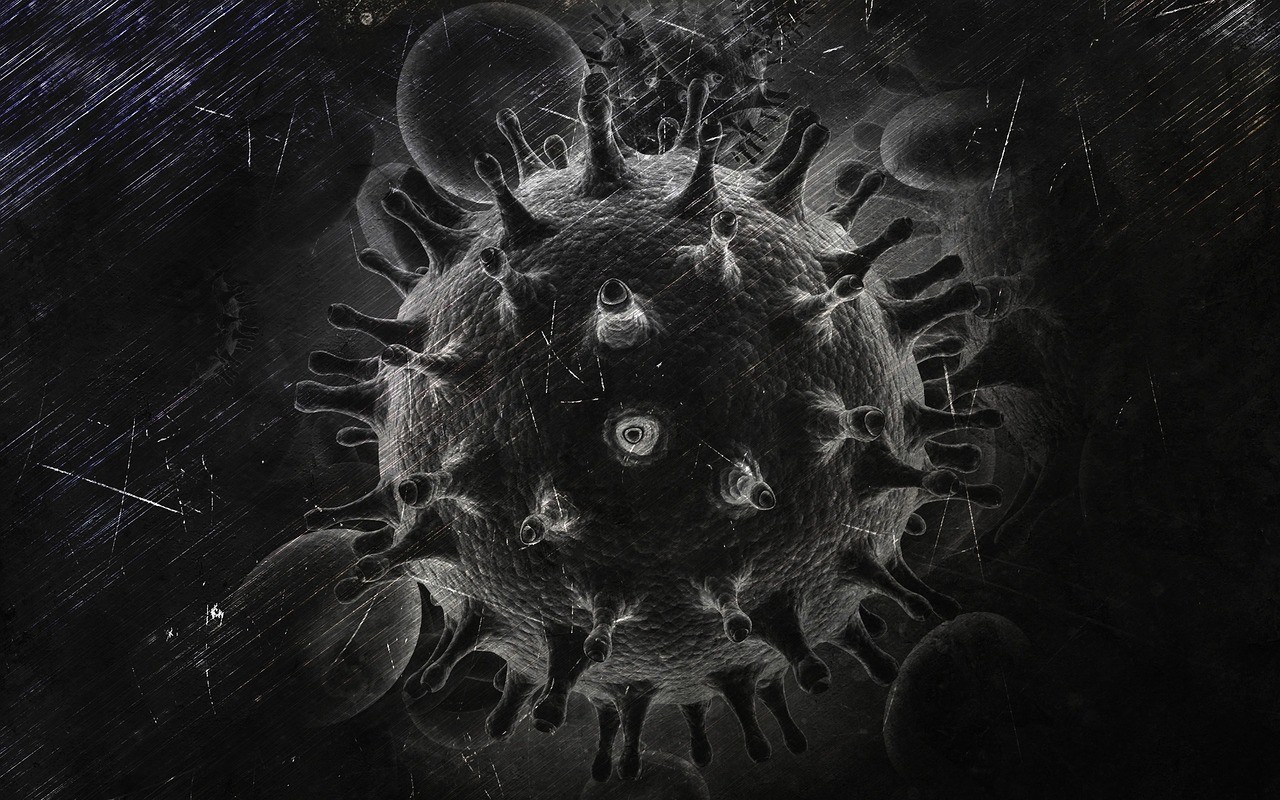 Ed: Recent Research shows that taking Truvada (tenofovir DF 300mg/ emtricitabine 200mg) daily reduces HIV. Will this see the end of HIV? The treatment is called PrEP- Pre-Exposure Prophylaxis.
Ed: Recent Research shows that taking Truvada (tenofovir DF 300mg/ emtricitabine 200mg) daily reduces HIV. Will this see the end of HIV? The treatment is called PrEP- Pre-Exposure Prophylaxis.
Before prescribing PrEP, become familiar with the Australasian Society for HIV, Viral Hepatitis and Sexual Health Medicine (ASHM) PrEP guidelines – a comprehensive resource designed for primary-care prescribers. A quick reference tool and online module is at www.ashm.org.au. Prescribing courses are available through the Health Department of WA.

The medication is available on the PBS for those over 18 at medium to high-risk of acquiring HIV and in whom the HIV test is negative within seven days of the prescription being written.
Are you looking for at risk patients to offer them this treatment? If not, you should be. In addition to prescribing the medication, three monthly STI testing is also recommended.
How effective is PrEP? The risk of HIV acquisition is reduced by 95-98% if the medication is taken correctly. On a population level, the EPIC NSW trial has shown new infections roughly halved in GBM communities with the highest PrEP uptake since the trial began. Poor adherence causes most new HIV diagnoses in people on PrEP – there have only been a handful of true failures to date.

To whom and how to prescribe PrEP
Offer to gay and bisexual men (GBM) and trans and gender diverse people with multiple male partners and inconsistent condom use, travellers to high HIV prevalence countries who practice risky sex (i.e. unprotected sex with locals), needle sharing with someone who either has HIV or is at significant risk of having undiagnosed HIV (e.g. unknown HIV status GBM) and sexual partners of people with HIV that have not yet attained a sustained undetectable viral load or are poorly compliant with therapy.
After initial PrEP discussion, ensure they are not seroconverting or already infected with HIV and check renal function. Review three-monthly for HIV serology, renal function tests (eGFR must be >60ml/min/1.73m2 [six monthly if stable]), STI testing, and a repeat prescription.
Adherence is vital to PrEP success. Three monthly screening is critical to detecting PrEP failure early, renal function monitoring and managing other STI’s. Encourage condom use and three monthly STI screening. PrEP is very effective at reducing the risk of acquiring HIV, but provides no prophylaxis against other STIs, unlike condoms. While condoms are a good HIV and STI prevention strategy for those who use them consistently and effectively, experience shows this is not a realistic or preferred option for everyone. For people at significant risk of HIV, PrEP can provide an alternative HIV prevention strategy.
Key Messages
- PrEP usage reduces HIV incidence
- Offer PrEP to suitable patients
- Monitor closely
The author acknowledges the assistance of Dr Jenny McCloskey in the presenting of this update.
References available on request.
Questions? Contact the editor.
Author competing interests: nil relevant disclosures.
Disclaimer: Please note, this website is not a substitute for independent professional advice. Nothing contained in this website is intended to be used as medical advice and it is not intended to be used to diagnose, treat, cure or prevent any disease, nor should it be used for therapeutic purposes or as a substitute for your own health professional’s advice. Opinions expressed at this website do not necessarily reflect those of Medical Forum magazine. Medical Forum makes no warranties about any of the content of this website, nor any representations or undertakings about any content of any other website referred to, or accessible, through this website

